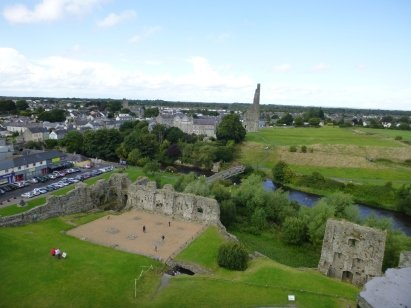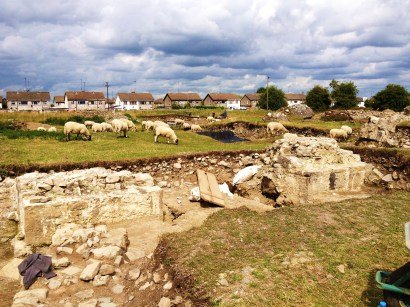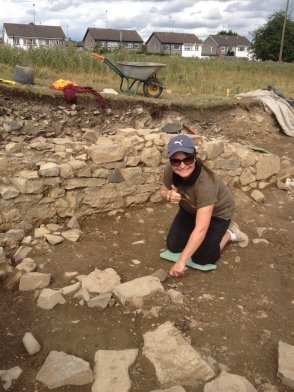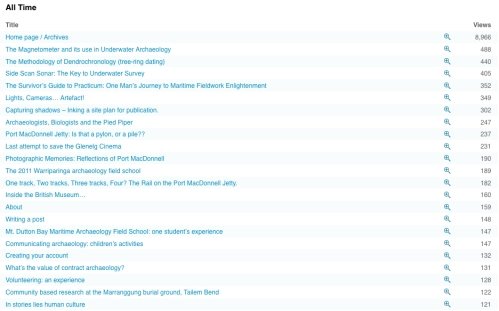By Carly Strapps
Recently I travelled to Ireland and undertook three weeks of archaeological fieldwork training with the Irish Archaeological Field School. This opportunity presented itself when I was looking to visit friends in Ireland during my annual leave. With just a little bit of internet research, I discovered that a training excavation just happened to be running in the same town that I was visiting and at the same time that I would be there. It was perfect!
The Irish Archaeological Field School (IAFS) run a research and training excavation at Black Friary, Co. Meath, Ireland. The program has a strong focus on both teaching and community involvement, and is called the Blackfriary Community Archaeology Project. Black Friary is a 13th century, late medieval Dominican Friary. The site is situated outside the town walls of Trim – an Anglo-Norman medieval town. Students come from all over the world to work at this site. Not only is it a great way of gaining site-based experience on a real archaeological excavation, but it also has a strong focus on teaching methods and is university-accredited.

View of Trim, Co. Meath, from Trim Castle.
As I had only began my Graduate Diploma in Archaeology and Heritage Management with Flinders University this year, the training at Black Friary seemed like a fantastic opportunity.The IAFS offer three different courses for students, being An Introduction to Field Archaeology, Advanced Methods in Field Archaeology, and Introduction to Bioarchaeology and Osteoarchaeology. I had no previous experience in archaeological fieldwork and three weeks to spare, so I signed myself up for the two-week beginners course with one-week in bioarchaeology and osteoarchaeology.
Knowing that I was going to be working outdoors during an Irish summer as opposed to the summers I am used to in South Australia, I packed my gumboots and wet weather gear and off I went!
First Day on Site
I had a little trouble first locating the site, as it’s on a paddock and tucked behind a SuperValu supermarket. But when I finally found some grubby looking folk with trowels in their hands I knew I was in the right spot. I met up with the other students also starting on this date and we commenced our induction and tour.
The first thing I noticed about the site was that it was enormous. Twelve cuttings had been opened, and there were approximately fifty different students, supervisors and staff members working on various different tasks around the site. The second thing I noticed were all the sheep. They were under trees, around the features, in the cuttings. They were everywhere! Obviously both the sheep and team had become quite accustomed to each other’s presence. As I was soon to discover, they also liked to poo in the cuttings overnight. As you can imagine it was a nice surprise for us to remove each morning!

Partial view of the Black Friary site, sheep included!
Continuing our tour we learnt that the IAFS had been excavating at the Black Friary site since 2010, making this year it’s fifth season. Two surveys were carried out prior to the excavation commencing, a geophysical survey and a topographical survey (informing the placement of the cuttings). There were no upstanding remains of the friary buildings above the ground, and only a few pieces of collapsed masonry could be seen. So far the cuttings had uncovered parts of the church, cloister, buildings and numerous burials.
Once the tour was done and we were handed our new gloves and trowels, it was finally time for us to begin!

Work begins!
For further information on the Irish Archaeological Field School visit: http://iafs.ie/


